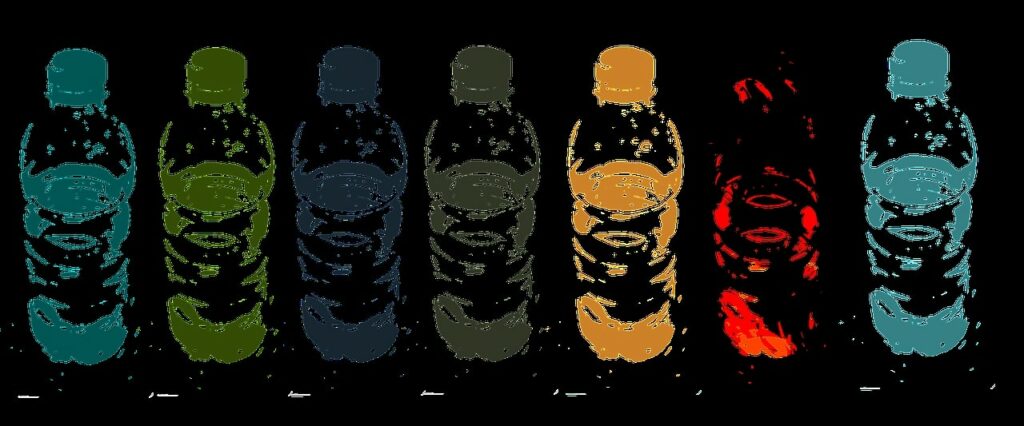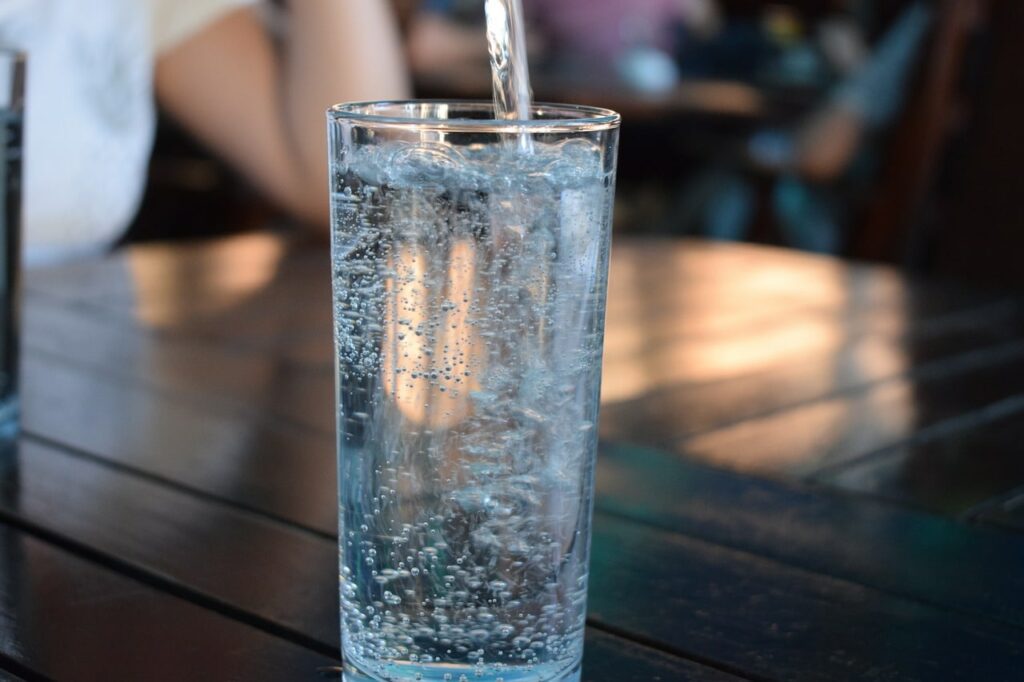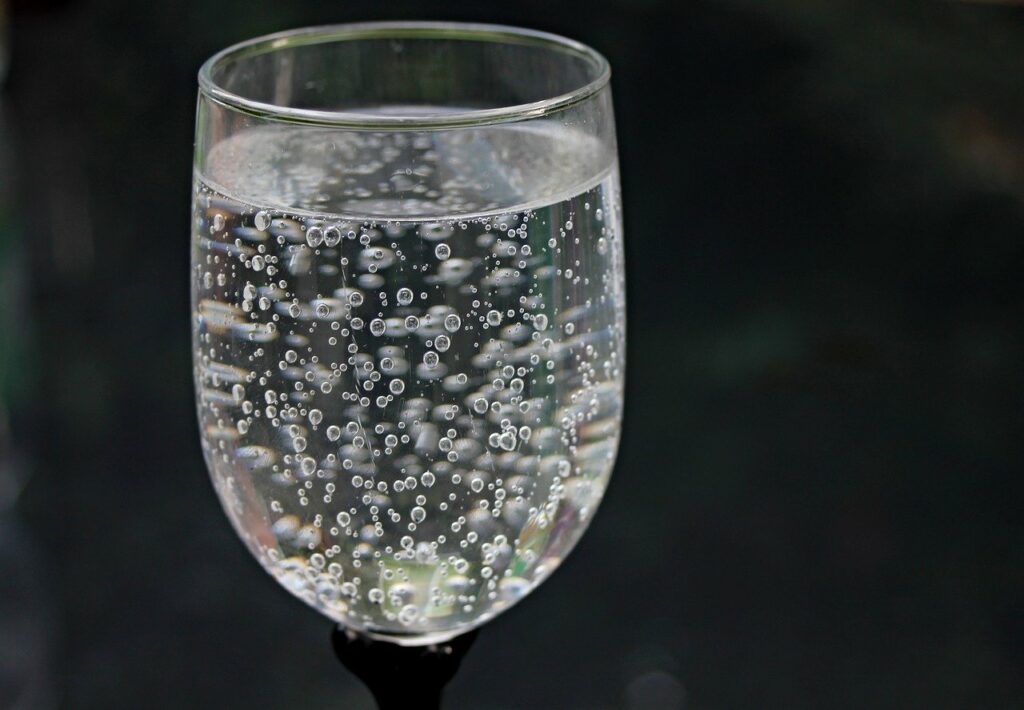Not all bottled waters are the same.
Water used to be a plain and simple drink from the tap. Today, a dizzying array of bottled water products fill the grocery shelves.

But what are the differences between all the various brands and types of water you can buy?
The FDA (Food and Drug Administration) regulates how bottled water is described, and the terms are based on the water’s source or how it’s been processed.
Spring water

Spring water must be drawn from the spring to have this label. That one is a little obvious, I know. Spring is a natural source of water that flows up from the ground under pressure. Since it is mineral-rich, its pH would be neutral or slightly alkaline.
Where can you get it? Bottled spring water is convenient since a bottle can be purchased at any gas station or supermarket. However, bottled spring water companies often lie about the source (it does not come from a natural spring).
And there are a few things that should concern you. First, the costs will increase if you buy bottled spring water regularly. It isn’t environmentally friendly unless the bottles are recycled.
Mineral water

Mineral water has at least 250 ppm of naturally occurring dissolved minerals. This is because no minerals can be added after the water is drawn, and the source of the water must be natural (no tap water).
Typical minerals in this kind of water are calcium, phosphorus, chromium, copper, manganese, molybdenum iodine, selenium, iron, and zinc. Micro minerals are minerals that your body requires in very limited quantities.
Since minerals are still in their electrolyte or ionic state when added to water, they are much more readily absorbed by the body. However, Mineral water contains a lot of sodium and should be avoided for people with high blood pressure.
It could be more costly.
Any mineral water’s exact composition will differ from brand to brand. Check the labels. PPM stands for parts per million, by the way.
Purified water
Purified water has been thoroughly processed to remove minerals and impurities. Another term is distilled water, deionization, and reverse osmosis. Water with this label doesn’t have to have a natural source and can be water from a municipal system. In other words, it may be purified tap water.
Purified water is water that is free of toxins. However, bacteria, algae, fungi, parasites, metals such as copper and lead, and chemical contaminants are all present.
Several processes are used to purify water.
- Distillation. The method of purifying a liquid is by heating and cooling it.
- Deionization is a term used to describe the process of passing a liquid through two resins to remove charged atoms or ions, one of which eliminates positive sodium ions (Na+) and the other negative chlorine ions (Cl-)
- Reverse osmosis. As pressure is applied to a solution (such as seawater) on one side of a semipermeable membrane, fresh water flows through it.
One thing to note. It can absorb carbon dioxide from the air. Because carbon dioxide causes water to become acidic, the more a person drinks, the more acidic their pH level becomes.
Distilled water
Generated by distillation, clean water is heated into steam and distilled back into liquid in a separate, sterile bottle. There are no dangerous pollutants. However, beneficial minerals are lost during the purification process.
It creates free radicals, atoms in the body that have odd and unequal electron numbers, which may lead to inconsistency in the body’s composition.
Sparkling water

Sparkling water is water with naturally occurring carbonation, so this does not include manufactured products like soda water or seltzer. It’s a healthier type of soda (carbonated but without the harmful chemicals used in soda products), aids in the treatment of indigestion, and it’s an excellent stain remover.
Drinking sparkling water’s downfalls is that the minerals are eliminated, reducing the health benefits. For example, it can result in stomach ulcers, inhibiting calcium absorption and increasing the risk of osteoporosis. In addition, since it is highly acidic, it should not be consumed daily.
Artisan waters
It’s drawn from an artesian well. Water in the aquifer must be under enough pressure to push its way to the well’s surface. No additional minerals or compounds have been applied to differentiate the water from the other varieties.
Flavored waters
These new products have quickly become popular among people who want to increase their water intake but don’t like the taste. These water drinks are sweetened with artificial sweeteners to keep their calorie free. Though I think it’s a good way to have more water, I’m not keen on the aspartame and sucralose content.
Alkaline water
Alkaline water has a more basic pH than acidic water.
One of two methods is used to process the data.
- Water naturally flows over rocks (like springs) and picks up minerals, raising its alkaline levels.
- An ionizer is a device used to increase ordinary water’s pH. Electrolysis is a term used to describe the process.
By neutralizing acidity, it aids in regulating the body’s pH level. Cancer and other chronic illnesses are prevented. It also aids in the elimination of acid reflux symptoms, cleanses the colon, and aids the immune system.m
However, too much alkaline can cause metabolic alkalosis, which wreaks havoc on bone health and causes nausea.

Jay
Jay is a health and wellness enthusiast with expertise in water quality and nutrition. As a knowledgeable advocate for holistic well-being, Jay successfully manages Type 2 Diabetes through informed lifestyle choices. Committed to sharing reliable and authoritative insights, Jay combines firsthand experience with a passion for enhancing health."

